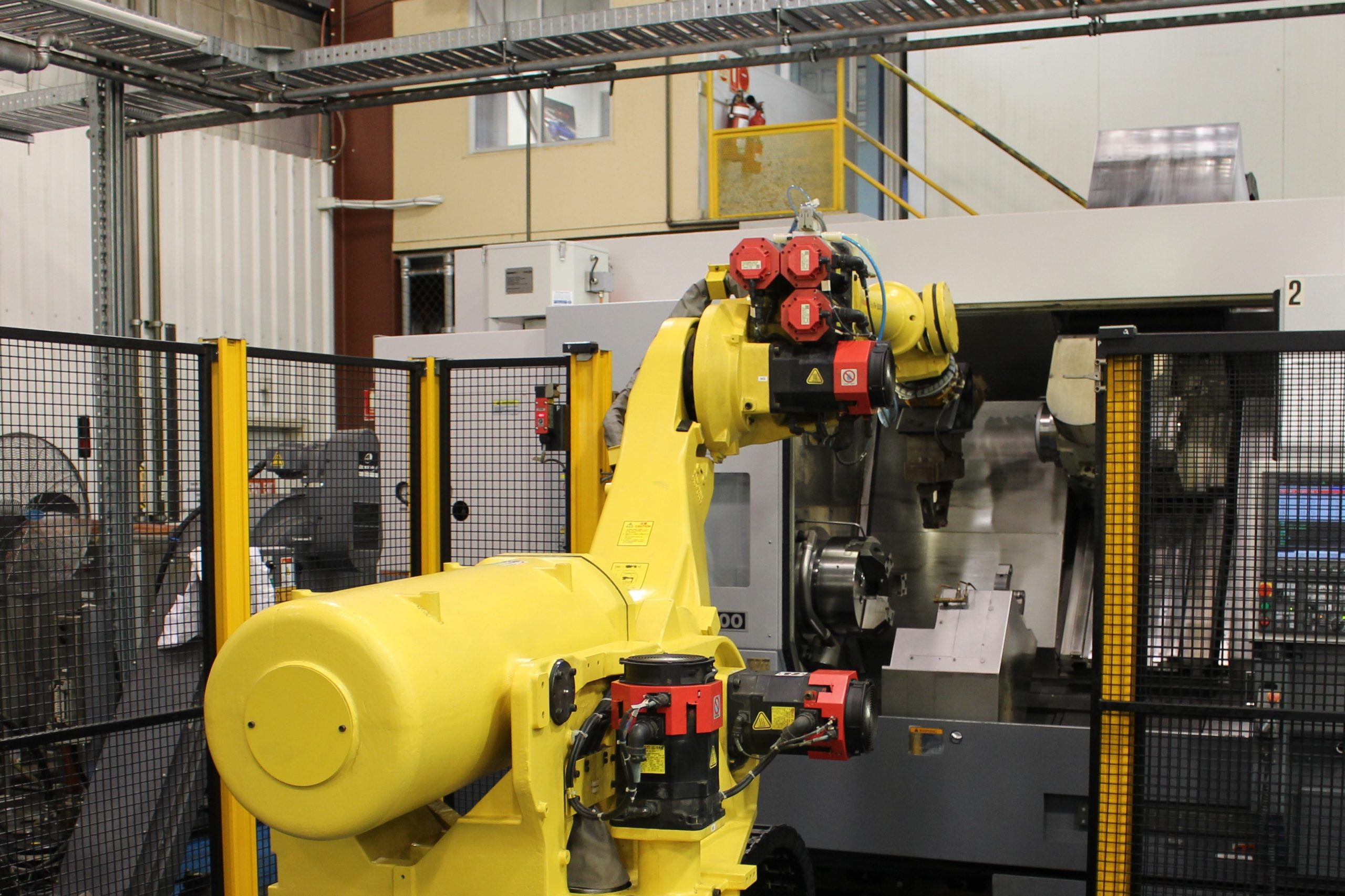In the ever-changing landscape of manufacturing today, the role of CNC machines has become an essential tool, particularly in the field of precision machining. The high-tech machines are indispensable for those who are looking to increase productivity and maintain a competitive advantage. In Australia the integration of CNC machines isn’t an fad, but a transformative force reshaping the industry of manufacturing.
CNC machines, short for Computer Numerical Control machines, are at the heart of precision manufacturing. They operate with astonishing precision, performing intricate designs and producing components that have a level of precision that conventional methods can barely match. The need for this level of precision has prompted the widespread adoption of CNC machines in a variety of sectors in Australia.

In an effort to increase productivity robotic loading systems are becoming increasingly well-known. These systems represent a new era of automation. They are designed to increase efficiency and reduce time between processes.
The time it takes to complete a task is one of the biggest bottlenecks in a production environment that operates at a high rate. By streamlining the loading and unloading processes, robots can aid to alleviate this issue. This not only enables CNC machines to run indefinitely, but it also reduces downtime.
Benefits of integrating robotic loaders together with CNC machines go beyond simple operational efficiency. The quality of production processes is improved for manufacturers who embrace this synergy. The automated systems assure consistent and precise loading. This contributes to the overall quality of end products.
The ability of the robotic system to CNC mills as well as other CNC machine tools is one of their main benefits. The union of CNC mills robot loading systems, robotic loading systems as well as CNC mills can open up new possibilities to manufacturers. They can handle complex milling jobs with unprecedented precision and effectiveness.
Australia, known for its dedication to technological advances it is quickly becoming a hub for CNC machine technology. Australian manufacturers are now a leader in precision manufacturing, thanks to the widespread use of CNC machines and robotic loading systems.
The use of robotic loading systems on CNC machines in Australia represents a major shift in the manufacturing process. The trend towards automation does not only concern staying ahead of the curve but also about ensuring the future of manufacturing processes. The demand for efficiency and accuracy is growing as industries grow. Thus, the integration of and use of robotic loading systems as well as CNC machines is crucial.
Manufacturing companies in Australia are challenging the notion of smart manufacturing through effortlessly integrating CNC machines as well as robotics into their production lines. This shift not only enhances productivity, but also contributes to more sustainable and competitive manufacturing system.
Continuous operation of CNC machines and robotic loading systems aids in the smooth operation of production lines, which results in a more efficient usage of resources. It not only minimizes production waste, but also decreases operating costs, which is in line with global trends toward sustainable manufacturing practices.
The synergy between CNC machines with robotic loading systems will have significant implications for the future of CNC in Australia. The world of manufacturing is continuously evolving and those who take advantage of the latest technological advancements will set the pace for future.
The combination of CNC machines with robot loading systems has brought in a new age of precision and efficiency in Australian manufacturing. The relationship between these two technologies is symbiotic one that not only simplifies manufacturing processes but also enhances product quality. Australia is the world’s top performer in precision manufacturing in industries that embrace CNC machines.